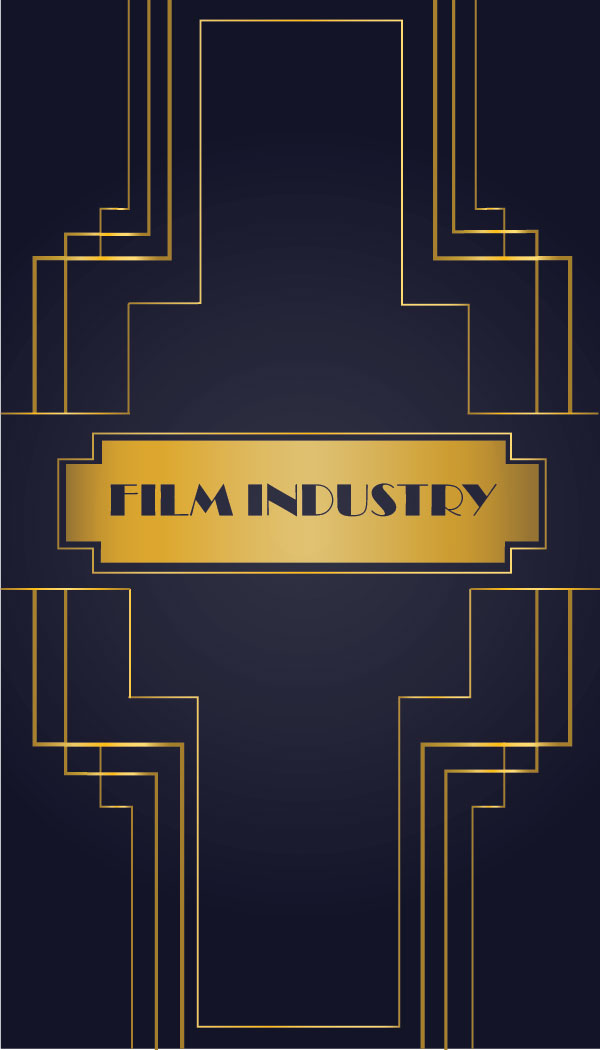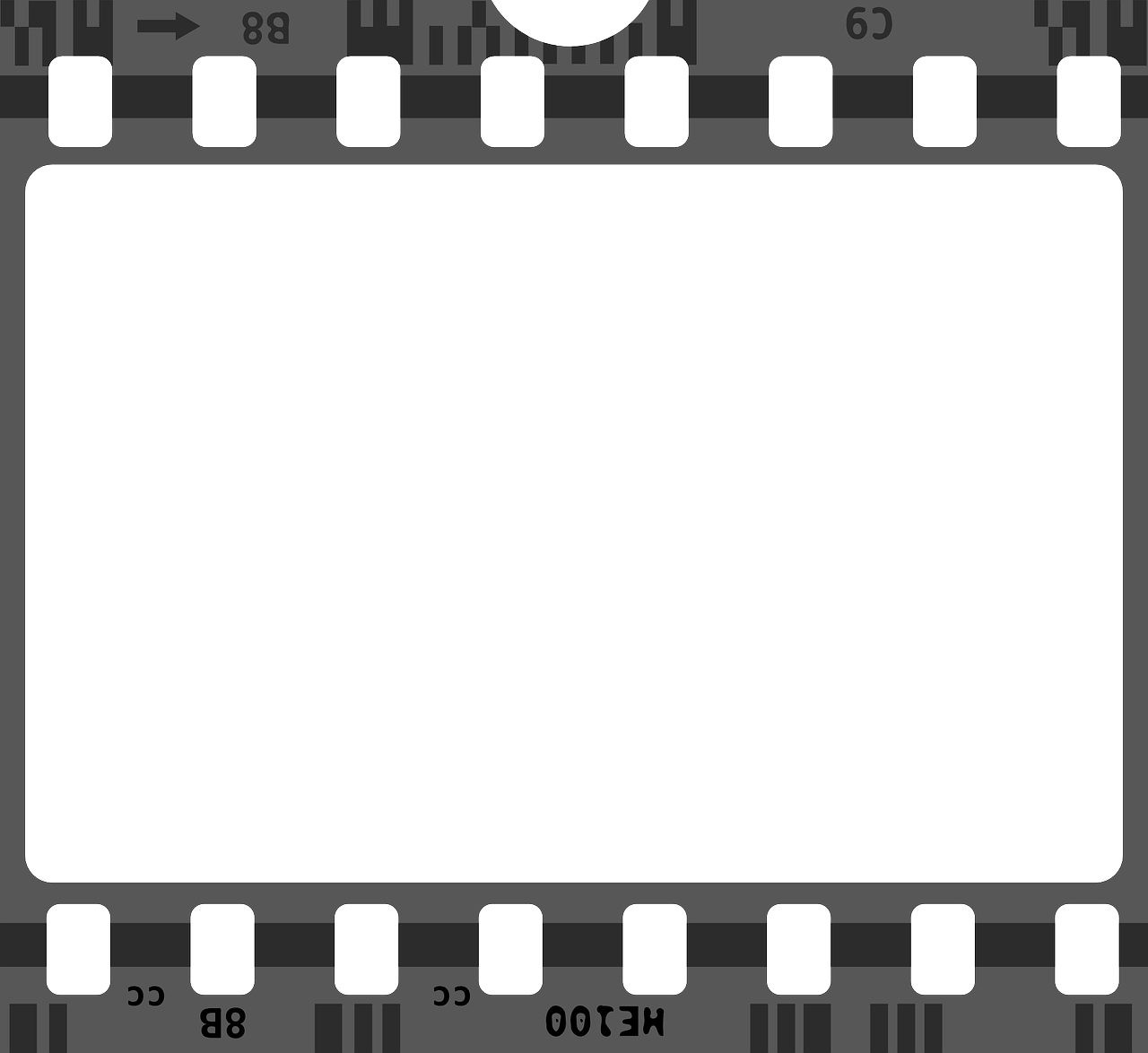The history of film has it’s roots in the city of Burbank since the 1920s. With the
relocation of Warner Brothers Studios from Hollywood to Burbank, the city became the
entertainment landscape and a fresh start for the moving images. Today Burbank is
infamous for it’s Media District, that houses the most recognizable movie studios in the
world; from NBC to Walt Disney. What unites all these studios together, is not only the
landscape they share, but the stories they create. These stories are the core of the film. They
allow us, the viewers, to step outside of our day-to-day life and step into an alternate reality.
In this reality, we become the spectators, the passive participants, that empathize with the
heroes and resent the villains. Triggers such as predetermined pictures, colors and sounds
guide us to become closer to the story. We begin to experience a world that is no longer
real or our own. And yet we cry, laugh and express various emotions that subconsciously
leave us in the fictional reality of the movie. However, by the end, with the roll of the credits,
we are forced to step outside of this world and return to our own reality. We continue to
seek possibilities of how to infuse the fictional reality of the movies into our own life.
Whether in form of dressing up like the movie characters or redesigning our houses to
recreate the atmosphere of our beloved movies, we continuously search for the formula that
will allow a complete infusion of the two worlds.
The foundation of this augmented reality experience is the desire to enable the
viewer to not be confined by space or location, in order to experience the fictional reality of
the movies. By mapping the locations where the crucial scenes of the movies were
produced, a unique model of maze has been created. This augmented reality maze allows
the viewers to truly feel amerced into the fictional world of the movie and briefly transform
from a passive to an active user. With the help of AR, in each of these locations, the user is
given opportunity to subconsciously interact with the movie scene in the fictional world by
physically being in the real world where the movie was filmed. The negative space of the
scene and corresponding digital imagery allow the reality and fiction to collide




